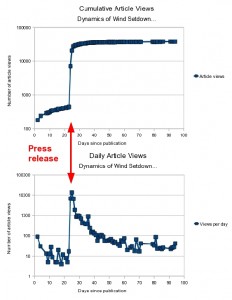“Do COVID precautions work? Yes, but they haven’t made a big difference.”
I guess it depends on the meaning of “work”
Behind a NYT paywall, so I only read the headline, which gives new meaning to adventures in cognitive dissonance – of course they are hugely important even if they don’t actually do anything! How dare you!
Says the guy who still hasn’t caught it despite my ignoring precautions to the best of my abilities. I credit the bag of oyster crackers I had to buy with my wine in New York for warding it off for the last 25 months and 25 states. I chose to focus on improving my overall health instead of an obsession with a single risk. Still do.
I know, I know, now when I catch it, I’ll die – just like when the tree fell on our house when I mocked the over the top reaction to a typical spring thunderstorm.
UPDATE: I caught COVID at Thanksgiving 2022 and thankfully survived. It felt just like the ordinary flu, which I haven’t had in a very long time, no doubt due to my totally deserved moral superiority.



